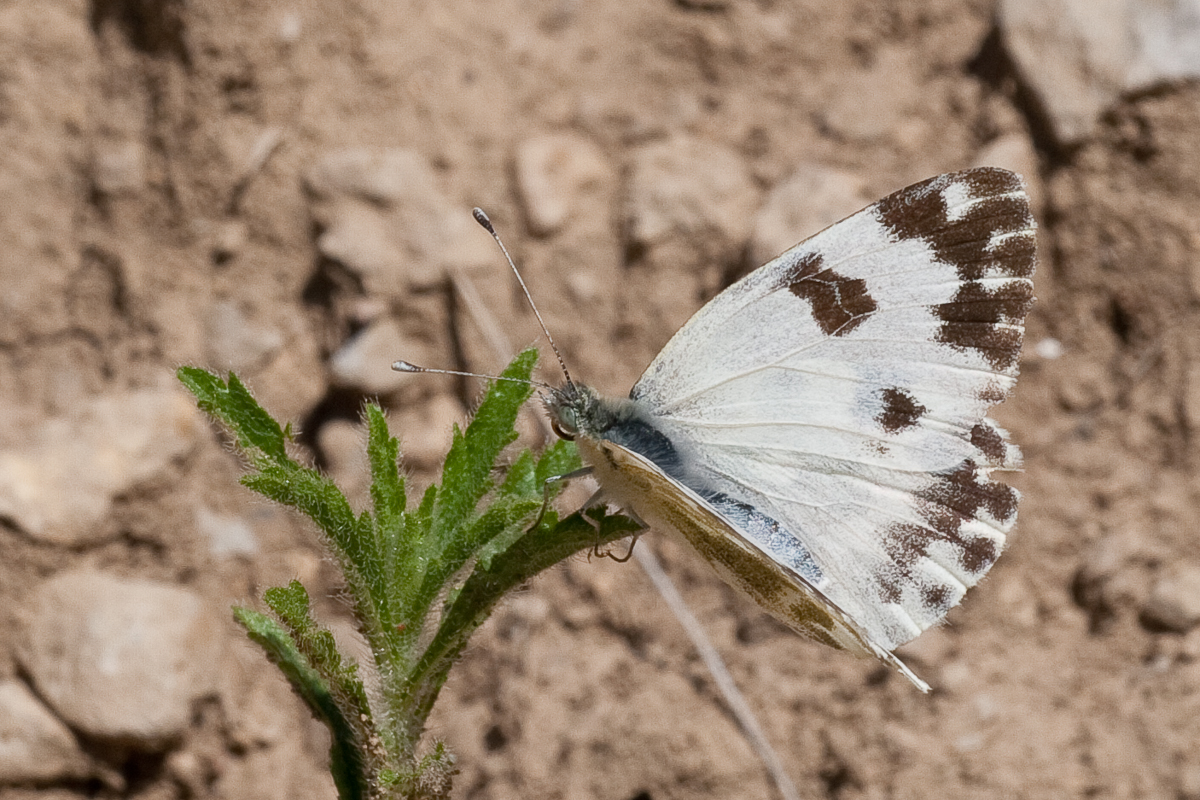
Photo © Peter Eeles
This is an extremely scarce immigrant to the British Isles and, in some years, is not seen at all. However, on occasion, it does appear in large numbers, such as the great immigration of 1945. The first specimen was recorded in the British Isles in the late 17th century. Between 1850 and 1939 there were very few records, with only a few years reaching double figures. The exception was 1906 when several hundred were supposedly seen on the cliffs at Durdle Door, Dorset, although these records are considered suspect. The great years for this species, however, were between 1944 and 1950, with over 700 seen in 1945, mostly in Cornwall. This species has been extremely scarce ever since with less than 20 individuals recorded since 1952. It is believed that this species cannot survive our winter although some offspring resulting from the 1945 invasion may have survived into the following year. In the British Isles the species was potentially capable of producing 2 or 3 broods in good years.
The butterfly was originally known as "Vernon's Half Mourner" after the first recognised capture by William Vernon in Cambridgeshire in May 1702, although earlier records are now known. However, the common name of this butterfly comes from a piece of needlework that figures this species, supposedly showing a specimen taken in or near Bath in 1795, and the name seems to have "stuck". This species is a rare migrant to the British Isles. Although most records come from the south coast of England, this species has been reported as far north as Lincolnshire and Yorkshire in England, and also in County Wexford, south east Ireland (a record from 1893).
Description to be completed.
This species prefers open habitats of any kind and, on the continent, will even breed on derelict sites.
Description to be completed.
Description to be completed.
Description to be completed.